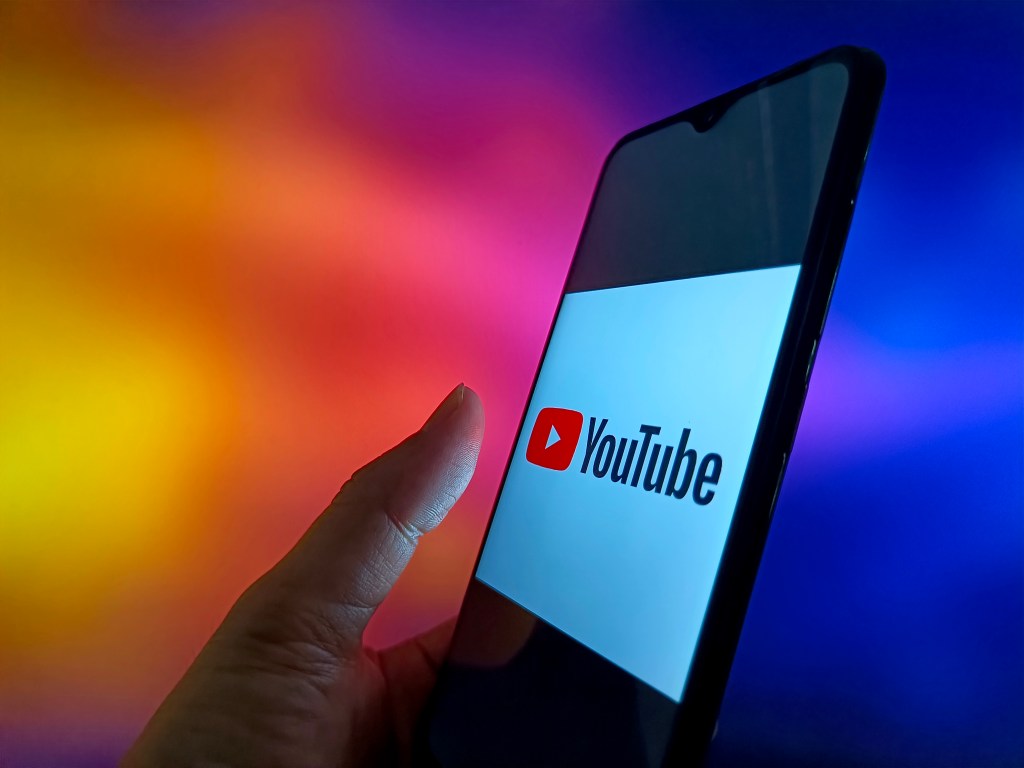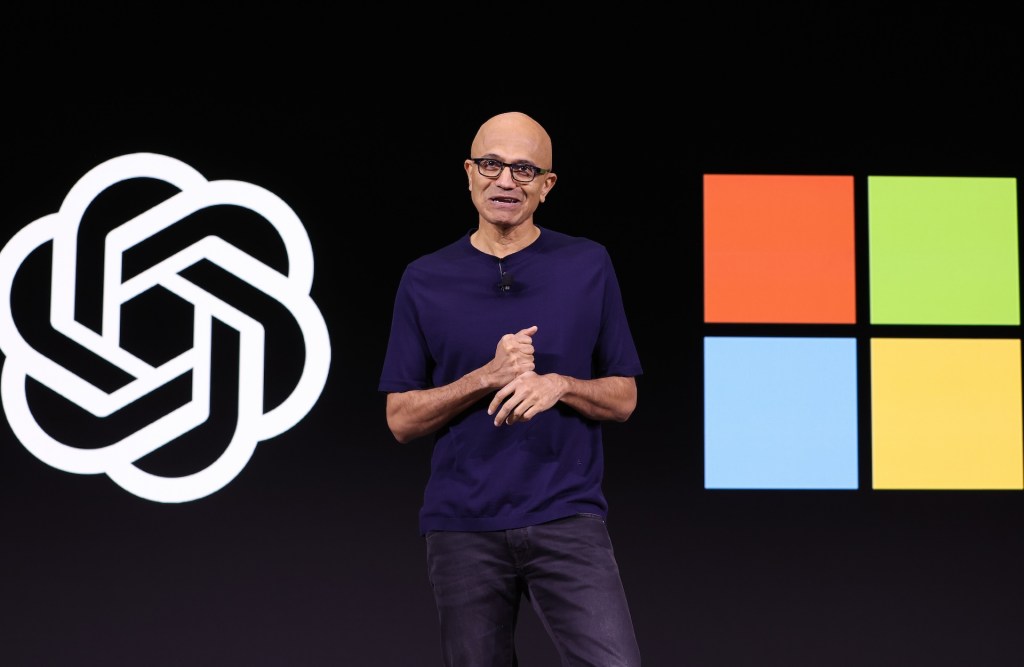In a significant policy shift, YouTube has announced a new initiative allowing creators whose channels were previously terminated to request the establishment of new accounts. This second chance program reflects the platform’s evolving approach to content moderation and its commitment to fostering a diverse creator community.
Background on YouTube’s Content Policies
YouTube, a subsidiary of Alphabet Inc., has long maintained stringent community guidelines to ensure a safe and informative environment for its users. During critical periods such as the COVID-19 pandemic and the 2020 U.S. presidential election, the platform implemented strict measures to curb the spread of misinformation. These policies led to the suspension or banning of numerous creators who violated the guidelines.
In recent times, YouTube has faced increasing scrutiny from lawmakers and the public regarding its content moderation practices. Critics have argued that some bans were overly harsh or misapplied, leading to calls for more transparency and fairness in enforcing community guidelines. This backdrop has set the stage for YouTube’s latest announcement regarding its second chance program.
Details of the Second Chance Program
In a recent blog post, YouTube stated that creators whose channels were previously terminated can now request new accounts. The platform acknowledged that many terminated creators deserve a second chance, emphasizing that YouTube itself has evolved over the past 20 years and has had its share of second chances to get things right with the community.
This policy change follows a letter from Alphabet’s legal counsel, Daniel F. Donovan, to U.S. Representative Jim Jordan (R-Ohio). The letter indicated that YouTube would provide an opportunity for all creators to rejoin the platform if their channels were terminated for repeated violations of COVID-19 and election integrity policies that are no longer in effect. The company emphasized its commitment to free expression and recognized the important role that conservative voices play in civic discourse.
Eligibility for Reinstatement
Under the new program, creators who have been banned for various reasons will have the opportunity to request reinstatement. However, it is important to note that this process is distinct from the existing appeals process. Creators whose channels have been banned can still appeal the ban itself. If successful, their original channel will be restored as if the ban had never occurred.
The second chance option will become available to creators one year after their ban. This means that individuals who have faced bans for reasons other than copyright violations can apply for a new channel after a waiting period. The initiative aims to acknowledge that many creators may have made mistakes but deserve an opportunity to rebuild their presence on the platform.
Implementation Timeline
YouTube plans to roll out the new reinstatement option in the coming months. Creators will find the option to request a new channel within YouTube Studio on the desktop version of the platform. Google anticipates sending out notifications to eligible creators, informing them of their ability to apply for reinstatement.
Implications for Content Creators
The introduction of the second chance program has significant implications for content creators who have faced bans. It offers an opportunity for creators to return to the platform, provided they adhere to current community guidelines. This move reflects YouTube’s recognition of the evolving nature of content and the importance of allowing creators to learn from past mistakes.
Limitations of the Program
While the second chance initiative is a significant development, it does come with limitations. Notably, creators who have been banned for copyright violations will not be eligible for reinstatement under this program. YouTube has made it clear that it does not take copyright infringement lightly, and those who have faced such bans will not have the same opportunity for redemption.
Copyright Violations and Their Consequences
Copyright violations have long been a contentious issue on YouTube. The platform has faced legal challenges and criticism for its handling of copyrighted material, leading to strict enforcement of copyright policies. Creators who have been banned for these reasons may find it difficult to return, as YouTube’s stance on copyright infringement is firm and unwavering.
This limitation raises questions about the fairness of the program. While it is understandable that YouTube wants to protect intellectual property rights, some argue that creators who have been banned for copyright violations should also have a pathway to redemption, especially if they can demonstrate a commitment to following the rules in the future.
Enforcement under the 4 Rs Framework
YouTube enforces its misinformation policy through what it calls the 4 Rs model:
1. Remove content that violates policy.
2. Reduce the reach of borderline content.
3. Raise authoritative sources.
4. Reward creators who follow guidelines.
This framework aims to balance the platform’s commitment to free expression with the need to prevent the spread of harmful misinformation. By providing a pathway for previously banned creators to return, YouTube is acknowledging the potential for individuals to learn from past mistakes and contribute positively to the platform.
Conclusion
YouTube’s second chance program represents a significant shift in the platform’s approach to content moderation. By allowing previously banned creators to request new accounts, YouTube is demonstrating a commitment to free expression and the belief in rehabilitation. However, the program’s limitations, particularly regarding copyright violations, highlight the ongoing challenges in balancing the rights of creators with the need to enforce community guidelines. As the program rolls out, it will be important to monitor its implementation and impact on the YouTube community.



